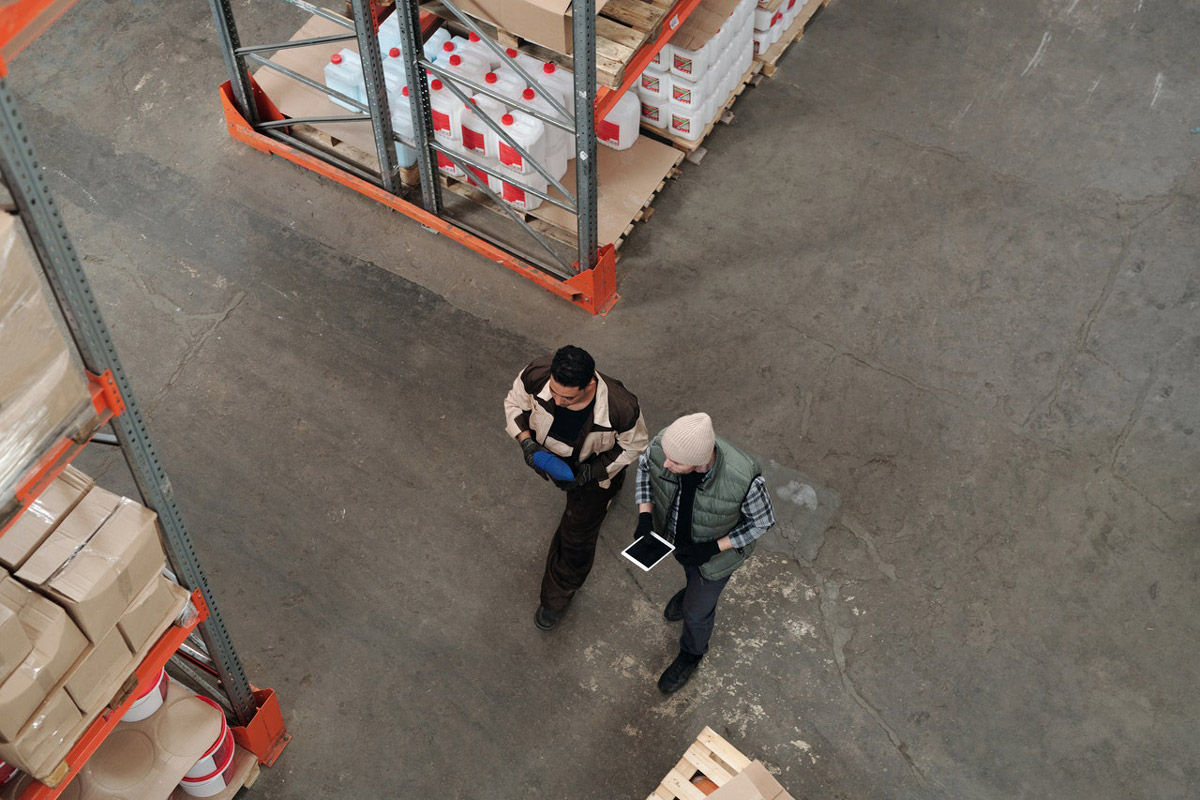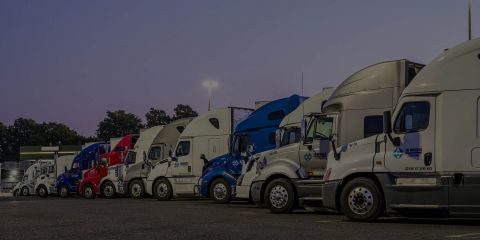2022
Boosting Digital Transformation of Warehouse Operations

The warehouse business at the moment is in the eye of a perfect storm. With the eCommerce industry growing almost as quickly as the number of SKUs logistics companies need to manage, we feel the need for boosting the digital transformation of warehouse operations more than ever before.
If they don't scale up, warehouses will have no chance of keeping up with the demand in the next few years. Experts predict that we'll start seeing more fundamental changes to how things operate as soon as two years. And in five years, the chances are that the digital supply chain will be the industry's dominant model.
But what are the changes we'll see in eCommerce warehousing, and how can we prepare for them? Well, they're already here. All the big names are using these new technologies, and if you want to stay competitive, you'll have to start implementing them as well.
Real-time data gathering
If we had to describe tomorrow's warehouse and supply chain systems with just one word, it would be ''transparent''. Blockchain is the leading player here, as it makes it all possible. The technology distributes the data quickly and securely, making it transparent along the way.
Of course, blockchain can only work if paired with the Internet of Things. IoT is the system of sensors that are all connected and that can collect and transmit data in real-time without people having to do anything.
These two technologies working together deliver the warehouse visibility we couldn't even dream of a couple of years back. It allows processes and chain partners to work together, no matter where they are. It's the ideal operating model at the moment.
Warehouse mobility solutions
The experts from convertmore.com have more than a few insights into what devices people use to communicate. Unsurprisingly, smartphones are the absolute go-to devices these days. It seems that we left fixed desktop workstations behind, as mobiles find their way into the warehouses as well.
They're boosting the digital transformation of warehouse operations by allowing workers to move away from the desks and manage their data on the go. Furthermore, they're using the advantages of pictures and videos, as well as tracking and cloud integration.
It's safe to say that mobility will be of the essence in the future. So, if you're looking for something to invest in, this is one of the most secure bets you can take. Just make sure to plan for the future and align your investment with your needs.
Autonomous guided vehicles
Although AGVs aren't as present at the moment as they'll be a few years from now, they'll be the new way of transporting cargo in and out of the warehouse. So it's true — the robots are coming.
Besides automated forklifts, we'll see more drones buzzing around the warehouse spaces. They're ideal for doing the inventory and counting since they're fast and can get to places people can't reach. Equipped with cameras and all the sensors you can think of, they're as helpful to small companies as they are to the big ones, so we're sure they'll be a part of the future.
Automation and robotics
About 40% of the warehouses today use some kind of automation already. So, it's another trend that we can be sure it's here to stay. And if you think about it, it's not hard to guess why.
Robots simplify menial and physically demanding tasks, eliminating the risk of human error. On top of that, they're expected to become even more human-like in terms of memory, skill, and sensing thanks to AI and machine learning.
At the moment, automation is giving certain companies a competitive advantage. But warehouses won't be able to survive without it in the future. That much is evident even now.
Real-time inventory management
Since commerce is working so well, it pushes warehouse managers to find more efficient ways of managing inventory. They need more visibility and control over it, and automatic identification systems make it possible. Here, we're talking about things like:
- Smart sensors
- RFID
- GPS
- Barcodes
- Biometrics
- OCR
These are all advanced systems, and they provide optional intelligence besides end-to-end visibility. So not only do they help optimize inventory management, but they also make the warehouse a safer workspace.
Almost all warehousing companies that don't use this technology yet plan to adopt it in the next year or two. So, if you still haven't thought about it, now is the time to do it. Just make sure not to fall for one of the common misconceptions about inventory management.
Conclusion
The situation in the warehousing industry isn't ideal, and we all have to work together on boosting the digital transformation of warehouse operations. The sooner we all invest in it, the sooner it'll become the industry standard. And we need that to happen if we want to stay afloat in the next five to ten years.
